Click on the top “Embedded Application Research Institute” and select “Pin/Star the Public Account“
Valuable Resources Delivered Instantly!
Source | Gitee wenzheng
Compiled & Typeset | Embedded Application Research Institute
Recently, I have been learning about LVGL related development, which will be applied to MCU and Linux related projects in the future. I chose LVGL mainly because it is very lightweight, and the controls are complete and beautiful. LVGL is also a GUI framework written in C language, making it friendly for porting to various embedded platforms. Below are the effects of the LVGL V8.2 examples that I ported using the Little Bear Pi (MCU) and imx6ull (Linux) development boards, open source addresses:
https://gitee.com/morixinguan/lvgl_v8.2_for_mcu
https://gitee.com/morixinguan/lvgl_v8.2_for_linuxIn referencing numerous open source projects, I found that my friend Zheng Xiong recently released a very powerful open source project. He directly replicated a foreign project Super knob using ESP32 and a brushless motor. This project’s GUI uses LVGL, and I must say it is truly impressive. Zheng Xiong also uploaded a demonstration video on Bilibili, and after watching it, I can say the overall effect is spectacular!
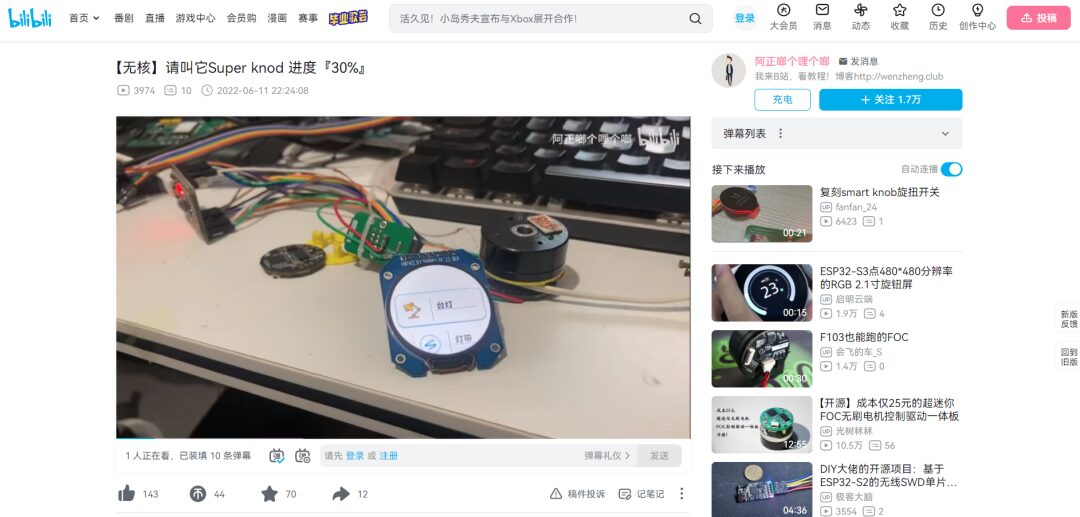
Below is the project introduction:
Super Knob is a super knob based on ESP32 and a brushless motor. This project is based on a foreign open source project: smartknob.
I decoupled the knob part of the brushless motor and used magnetic attraction to match different bases to achieve various application scenarios. I also designed a protocol for interaction between the knob and the base, which can provide different tactile experiences for different scenarios, and even simulate different tactile and damping feedback under different operations in the same scenario, similar to the mechanical tactile simulation of the linear motor in smartphones for different applications or pages.
The idea of magnetic attraction comes from DJI’s Action2 cube camera, where you can easily pair the knob with different peripherals using magnetic attraction. After stabilizing the development, I plan to use CNC to process a metal shell to achieve the most comfortable experience with magnetic attraction.
For example: when the same knob component is magnetically attracted to the base of an IoT central control, the corresponding UI interface will automatically pop up, and it can control smart furniture. When controlling the brightness of the desk lamp and the temperature of the air conditioner, it will provide different knob tactile feedback.
For example: when the same knob component is magnetically attracted to the PC knob base, it can transform into a super knob for the PC, which can be used for page turning, shortcut keys, switching applications, adjusting volume and brightness, and you can configure different damping feedback for these functions as you like.
By decoupling the knob part and matching it with different bases, it can control everything, and the tactile and damping sensations vary, which ordinary mechanical knobs cannot offer!
1. Design Sketch
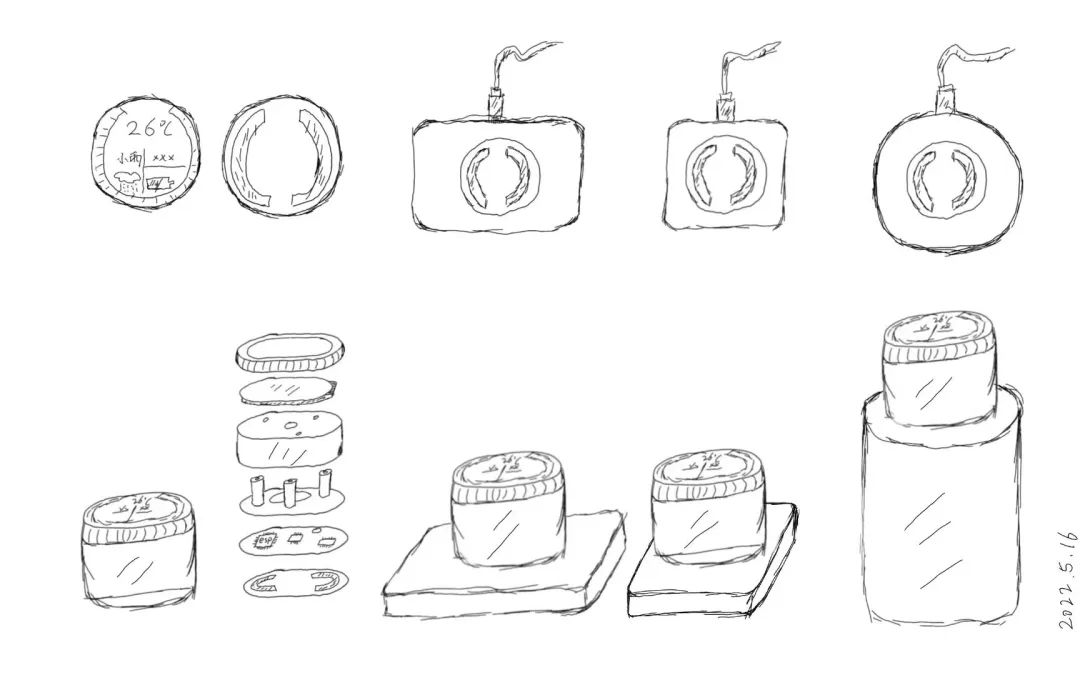
2. Functional Architecture
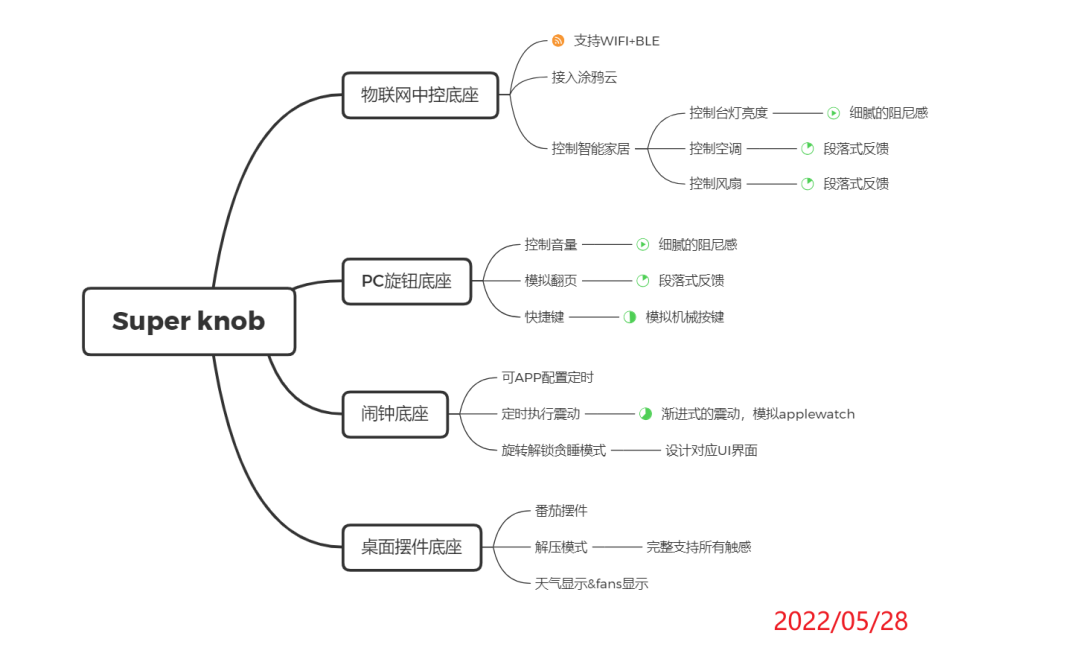
3. UI Interface Demonstration
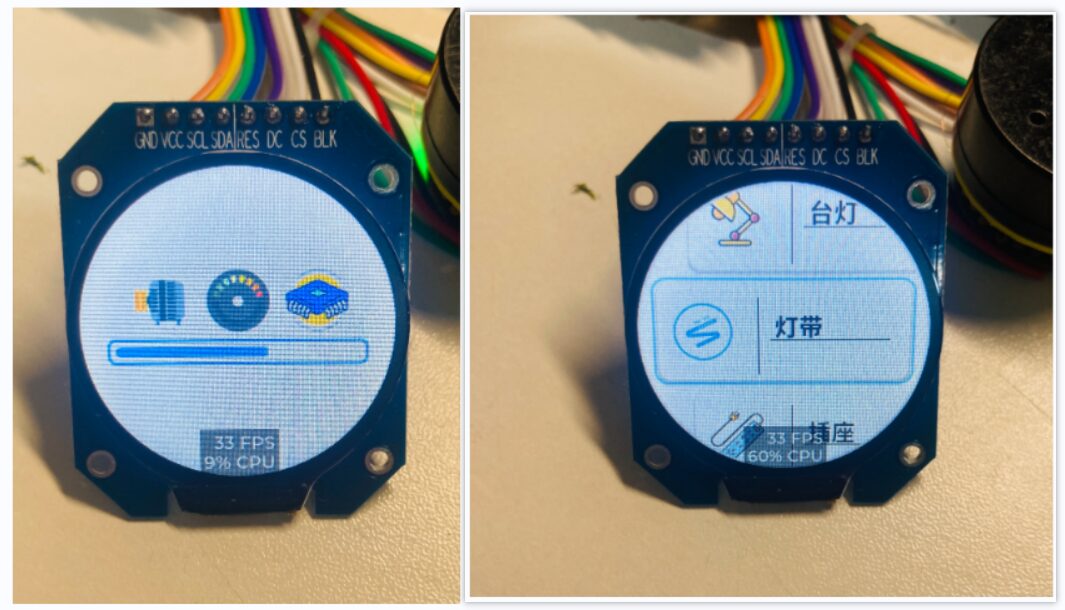
3D Model (Initial Version)
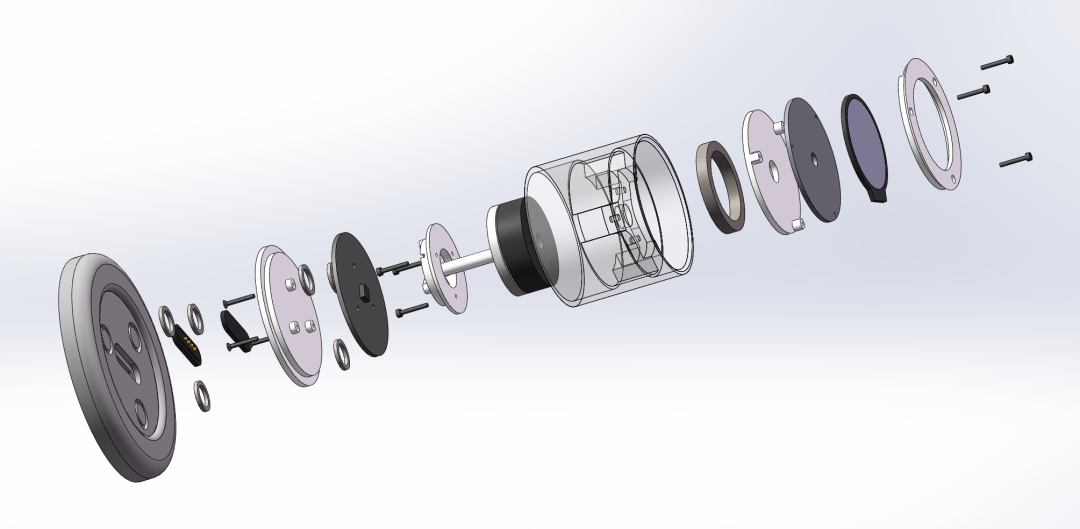
The software design concept of this project is very clear, and the code is very concise, making it suitable for beginners to learn and study. The open source address for the project is as follows:
https://gitee.com/wenzhengclub/super_knob
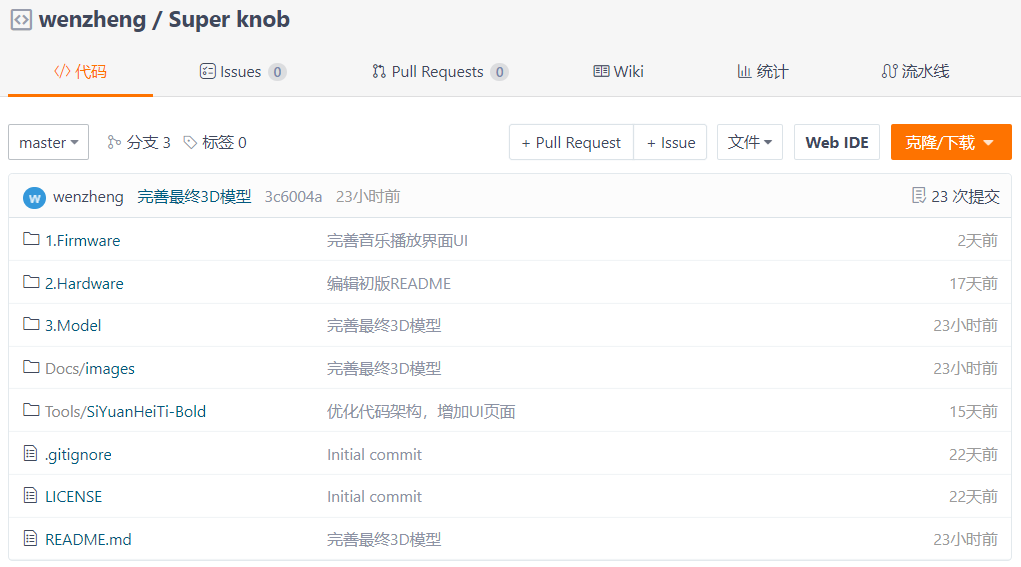
In addition to the software, Zheng Xiong also open-sourced the hardware and structure. The hardware can be directly sampled, while the structural part can be 3D printed. I love it!
Previous Highlights
[Open Source] Guide for Programmers Cooking at Home
Step-by-step Open Source Tutorial Based on HarmonyOS Project
A Fantastic Open Source Interpretation Project [Linux Kernel Unveiled], definitely don’t miss it!
I have compiled a long time ago the embedded product-level project sharing from Gitee/Github/CSDN
If you find this article helpful, please click<span>[Looking]</span> and share it, it is also a support for me.